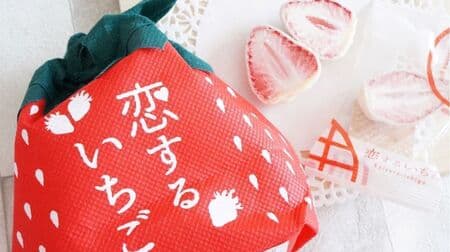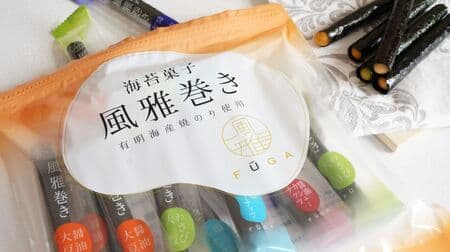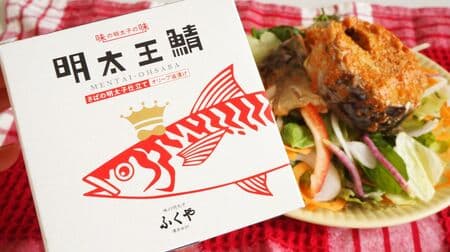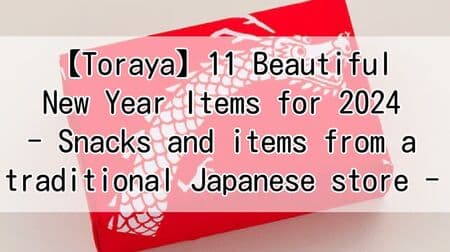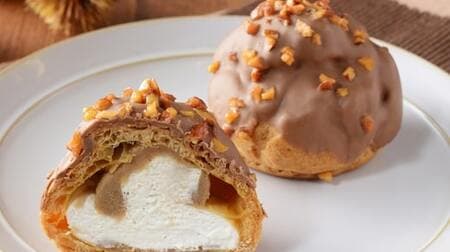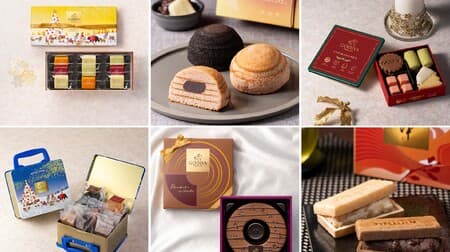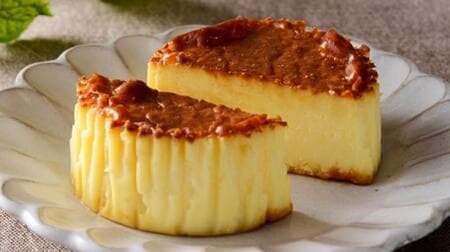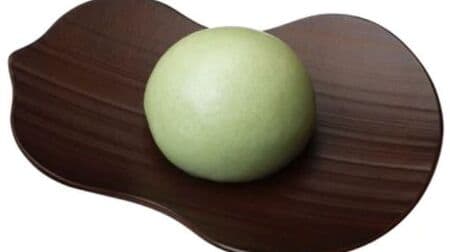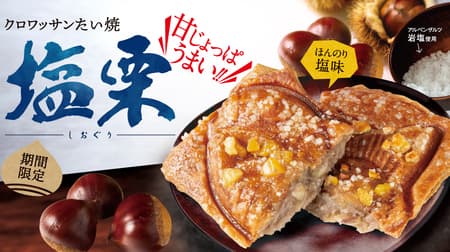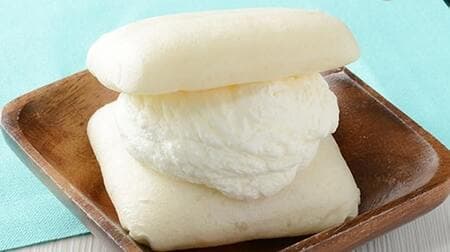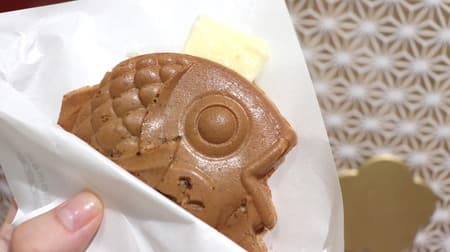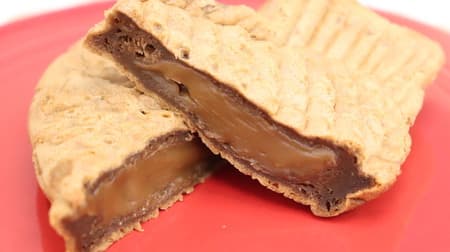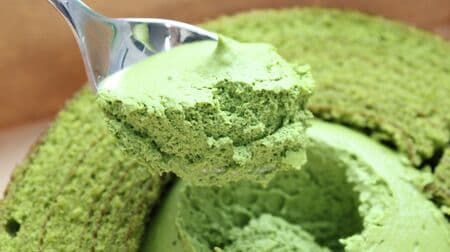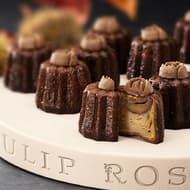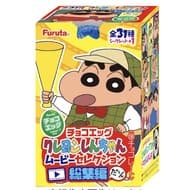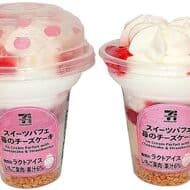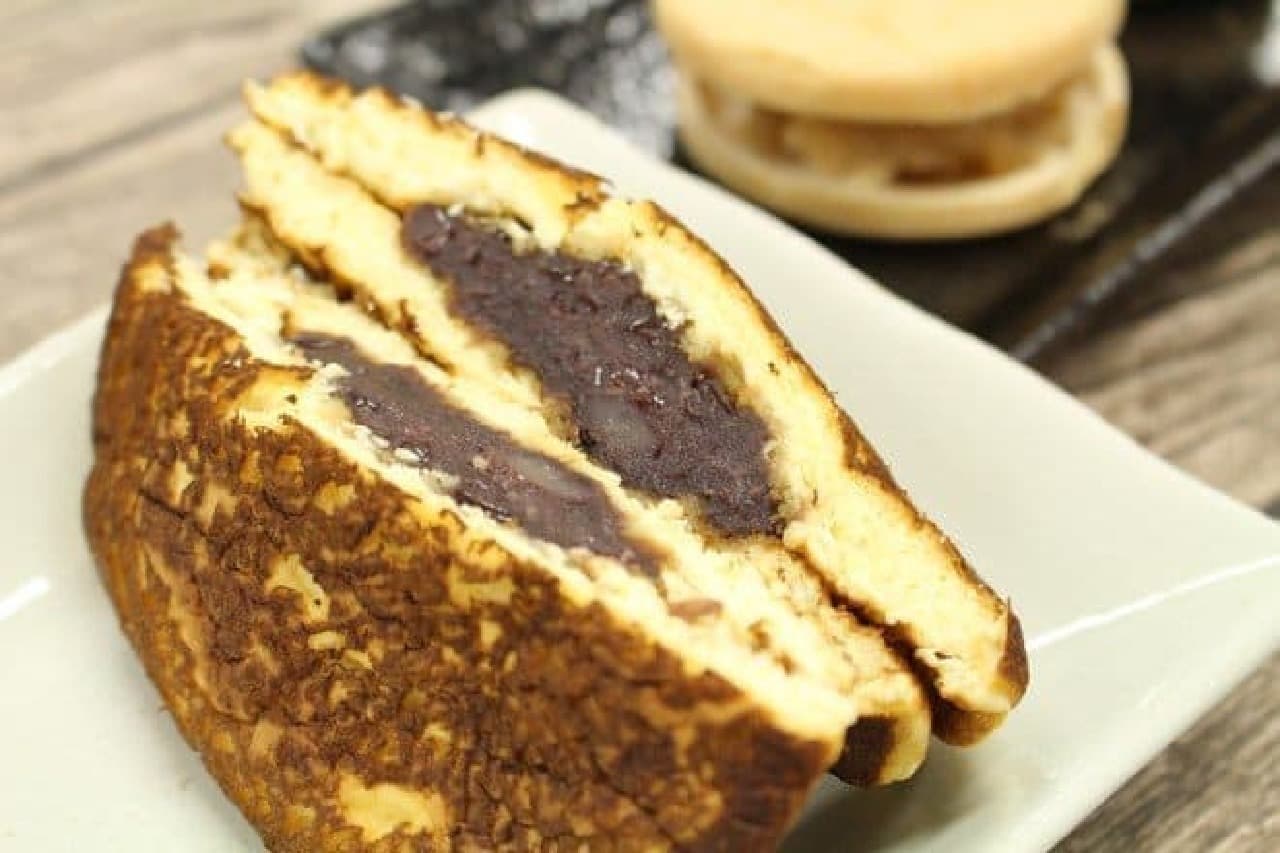
As a tourist destination, Asakusa in Tokyo attracts people from home and abroad. There are also many stores offering Japanese food and sweets.
Asakusa Kameju
Among these, "Kameju" is an especially popular Japanese confectionery store. Even though they only sell To go, there is always a line in front of the store, whether it is a weekday or a holiday. The shop is located near the Kaminarimon gate of Sensoji Temple.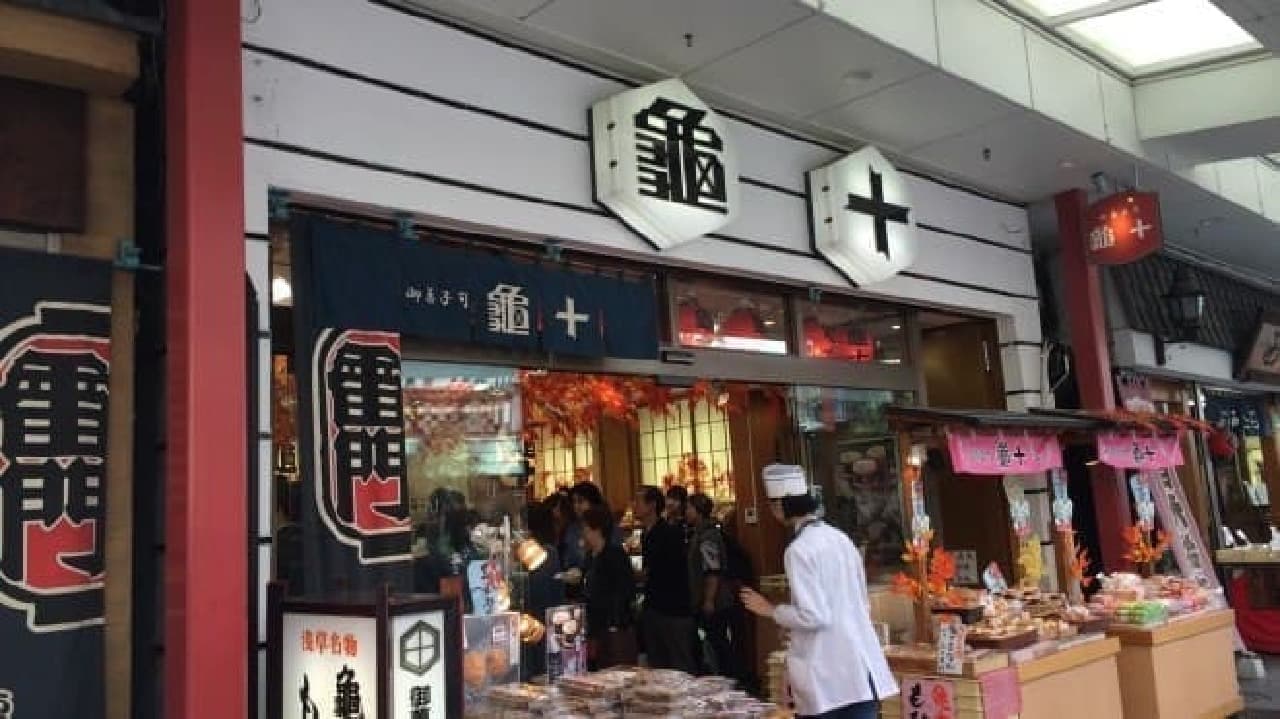
Customers mainly come for the famous dorayaki. The store opens at 10:00 a.m., but most of the dorayaki are sold out by late afternoon or early evening. Conversely, if there is a line in front of the store, there is a good chance that the dorayaki are still available.
This time, I stood in line for about 30 minutes from around 1:00 p.m. on a weekday to get one. Looking at the customers around me, it was not unusual to see people buying dorayaki and monaka by the dozens, perhaps as gifts.

Kameju Dorayaki
Kameju's dorayaki (315 yen per piece), especially the crust, is different from ordinary dorayaki in both appearance and taste. The crust, in particular, looks and tastes different from ordinary dorayaki.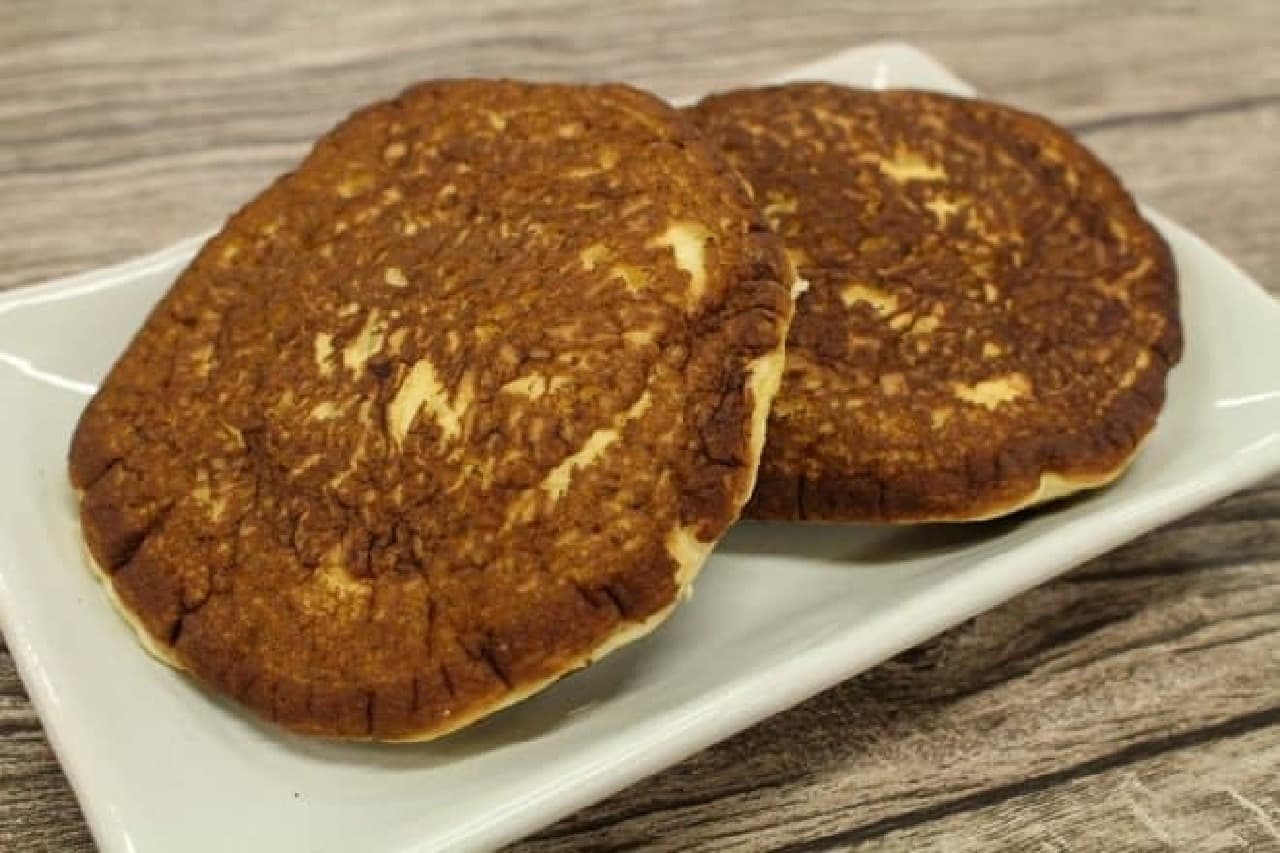
The texture is soft and fluffy. The texture is soft and fluffy, and the texture is fine and delicate. It has a unique flavor of egg, like a pancake or sponge cake.
There are two types of filling: black bean paste and white bean paste. The black bean paste is made with grains, while the white bean paste is made with koshi-an (sweetened red bean paste).
The black bean paste is richly flavored with azuki beans. The sweetness is not so strong, but the heavy texture makes it stay in your mouth for a long time, giving you a sense of satisfaction.

On the other hand, the white bean paste is lighter than the black bean paste and has a more refined sweetness. The white bean paste is lighter and more refined than the black bean paste, with a few small pieces of string beans added to accentuate the texture.
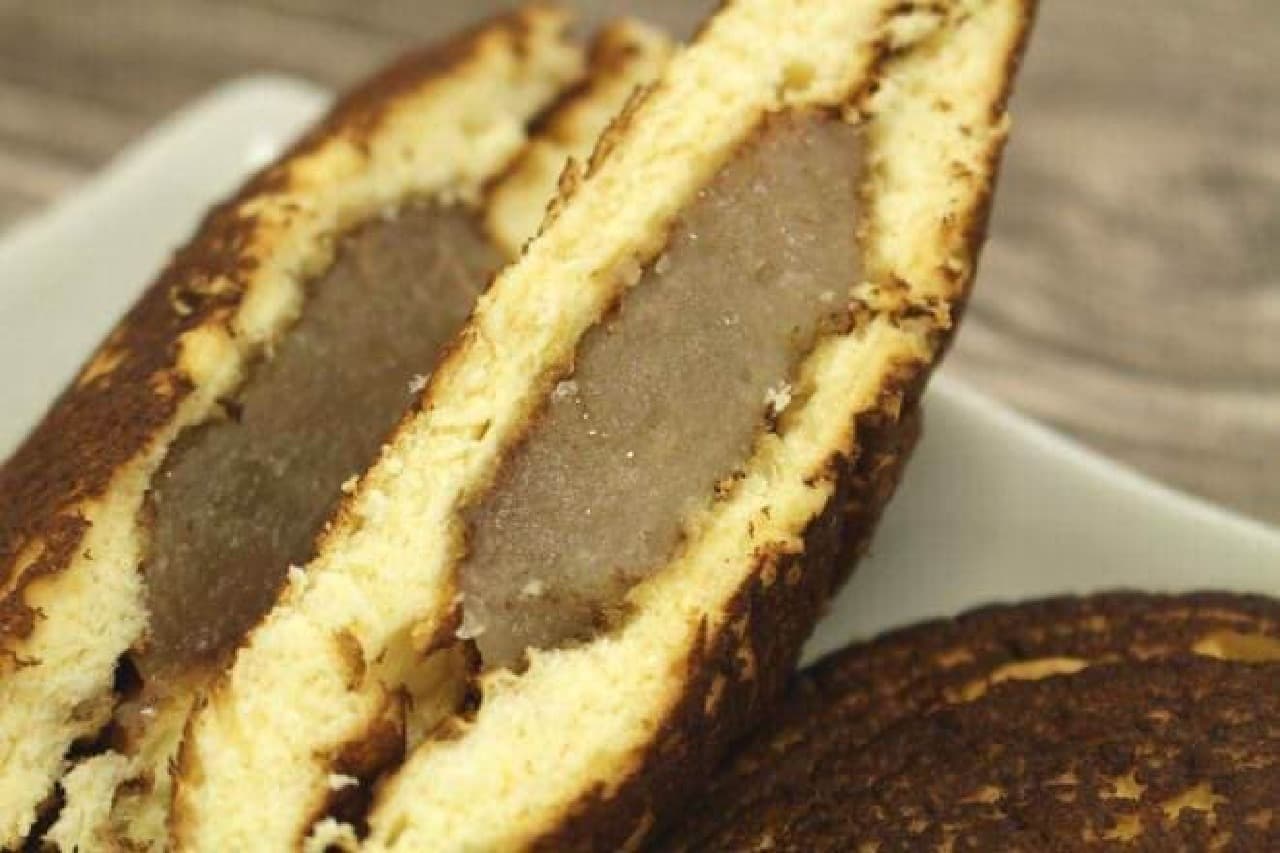
Both are held in the fluffy dough, spreading soft sweetness in the mouth. At 315 yen per dorayaki, they are expensive for a dorayaki, but the price is more than enough to make you happy.

Kameju Saichu
The "Asakusa specialty" monaka (305 yen per piece) is also not to be missed by those who love red bean paste. Since we had to wait in line, we also got one.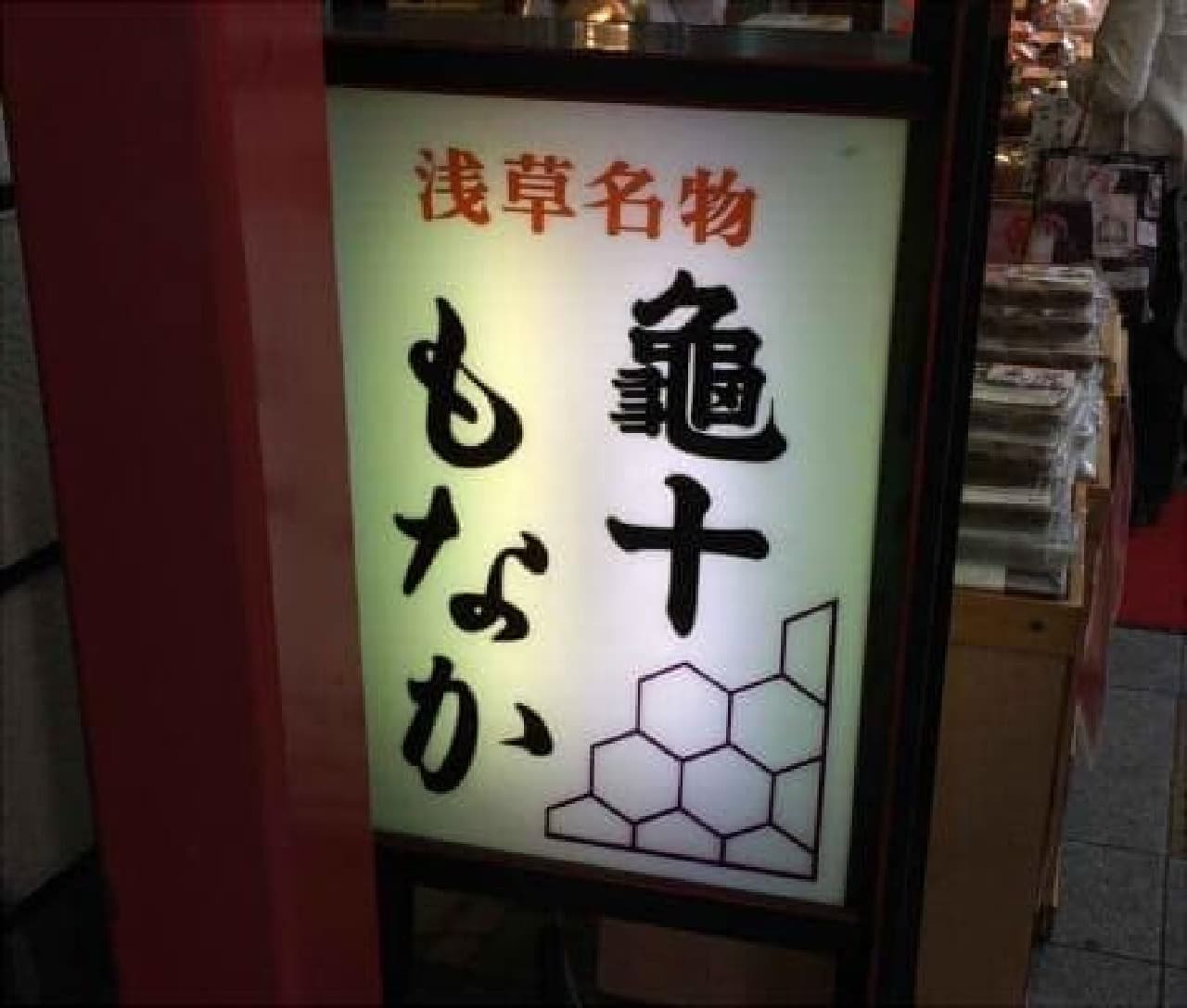
There are two types of monaka, one with black bean paste and the other with white bean paste. The same bean paste as that used for the dorayaki is used.
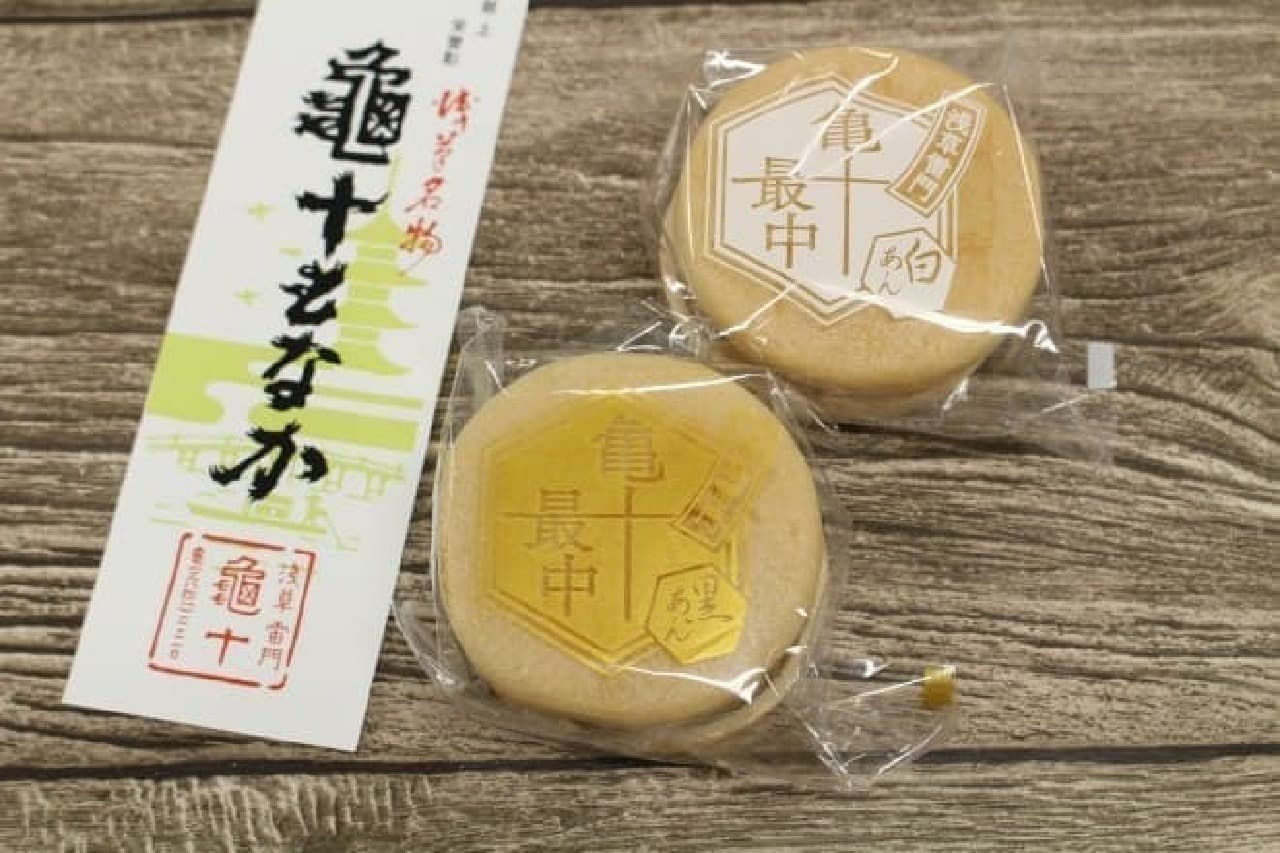
The dough is thin and slender. After making a light "crunching" sound in the mouth, the bean paste melts and disappears.

The monaka itself has little presence, and is tailored to enhance the main ingredient, the red bean paste. It is recommended for those who want to fully enjoy the sweetness, flavor, and deliciousness of the bean paste.

Kameju also offers a variety of other wagashi, such as "mame daifuku," "kintsuba," "shofu," and various dried confections. However, the dorayaki is still my favorite. If time permits, you should try it at least once, even if you have to wait in line.
Address:2-18-11 Kaminarimon, Taito-ku, Tokyo
